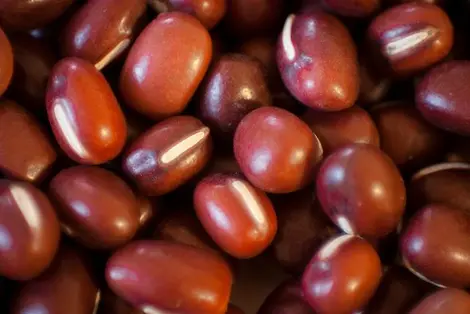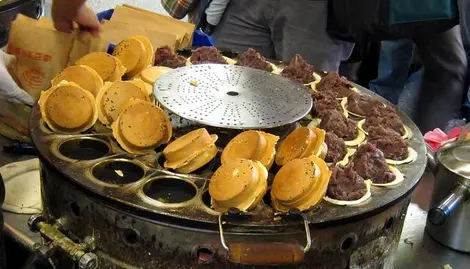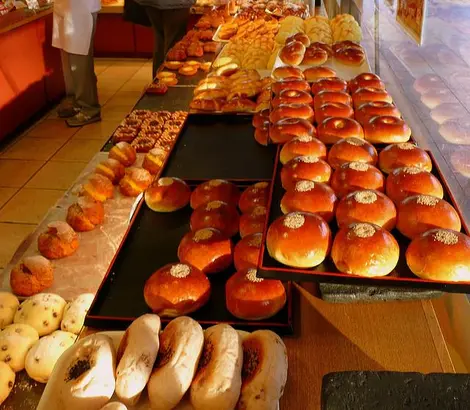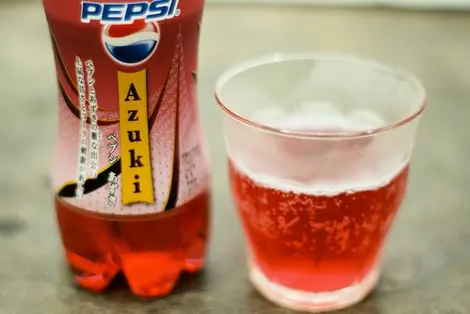Azuki 小豆
- Published on : 01/10/2015
- by : C.L.
- Youtube
Magic beans
One of the basic ingredients of traditional Japanese sweets is often one of the most surprising tastes for our western tastebuds...
Azuki are actually a variety of red bean. They are not naturally sweet but are almost exclusively used in baking as anko, an azuki paste cooked and sweetened with sugar. It has a thick, smooth, somewhat pasty texture.
From anko to sekihan
For anko, the azuki are cooked and more or less finely mashed with sugar (or sometimes honey). If the paste is very smooth it's called koshi-an, while a coarser paste which still has some texture is known as tsubu-an.
However, one of the most popular dishes using azuki is not sweet. The dish is called sekihan: rice mixed with azuki beans, eaten during holidays and life milestones (births, weddings, birthdays, national holidays and especially during the New Year). This is because of the association of red and white with the colors of Japan's national flag, representing prosperity and opulence.
Matcha (green tea), kurogoma (sesame), and azuki are all favorite Japanese flavors. Anko is an integral part of many rituals, such as the tea ceremony, during which they serve wagashi (highly refined sweets that can take many forms).
Azuki in use
Imagawa-yaki
A round and thick pancake, whose two parts are cooked separately in molds, to which anko paste is added during cooking. Many regions have their own specialty. The cake remains the same, but the shape changes. For example in Miyajima, there are momiji (maple leaf) shaped cakes!
Daifuku
Sweet cakes made of mochi filled with anko.
Manju
A cake with the same principle as the daifuku, but the simple dough is not made of mochi but buckwheat and rice flour.
Monaka
A sweet consisting of two thin and crispy waffles stuffed with anko.
Anpan
A sweet bread bun stuffed with anko.
Taiyaki
A very famous sweet treat very similar to the imagawa-yaki but in the shape of a sea bream. Often sold in small shops on the street, both sides of the taiyaki are cooked separately before being assembled with anko inside, which makes the outside crispy and inside fluffy.
Here's how taiyaki are made - they can be filled with other ingredients apart from azuki, of course. Vanilla custard is also popular!
Dorayaki
Two small pancakes stuck together and stuffed with anko.
Amanatto
A small azuki candy cooked in syrup, then dried and rolled in sugar.
Yokan
Anko in jelly made with agar-agar, a red seaweed that has no taste.
Zenzai
A sweet anko soup, often containing a few pieces of mochi.
There are also plenty of somewhat wacky products flavored with red bean, such as Kit Kats, Pepsi or Haagen-Dazs ice cream!























